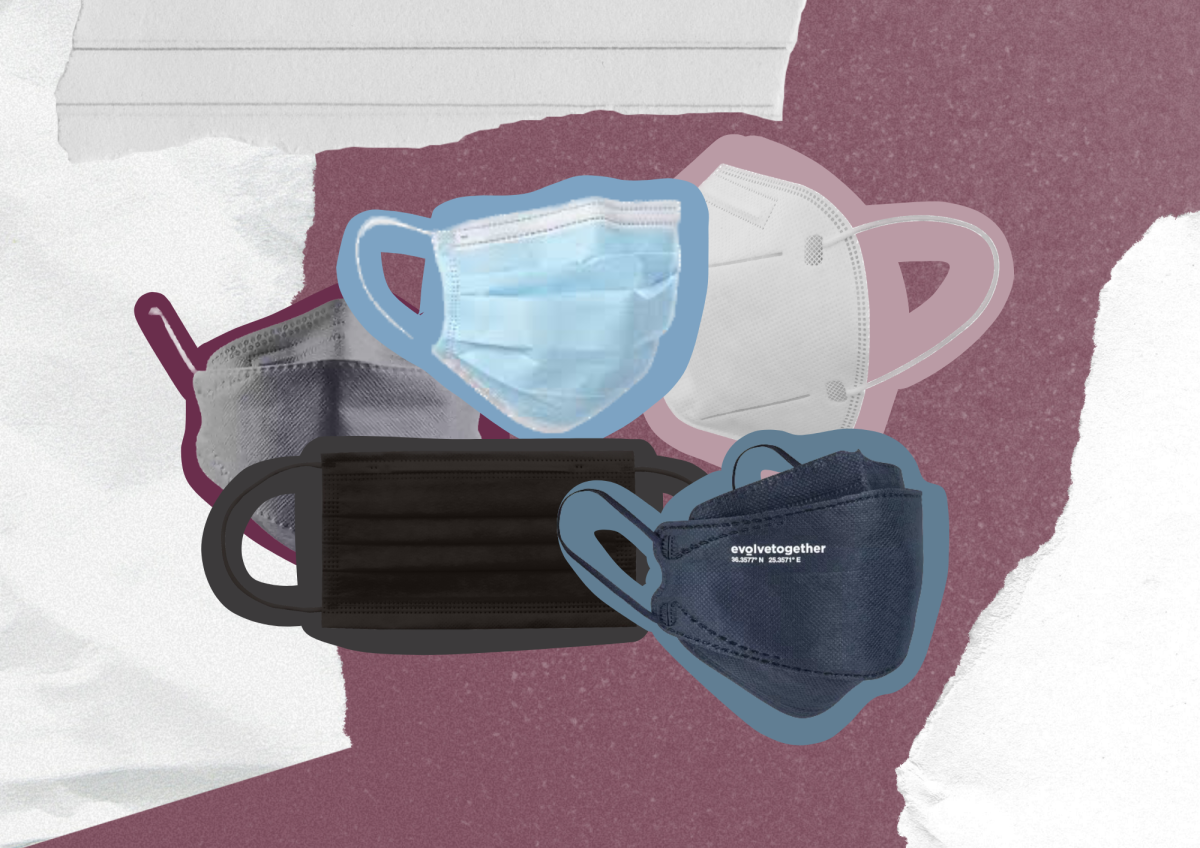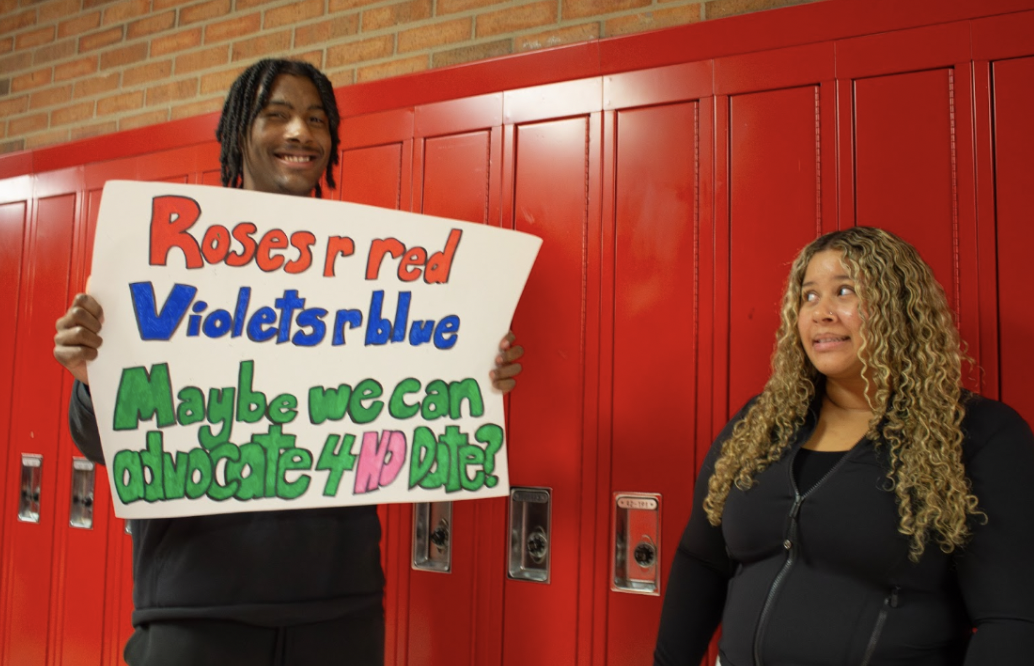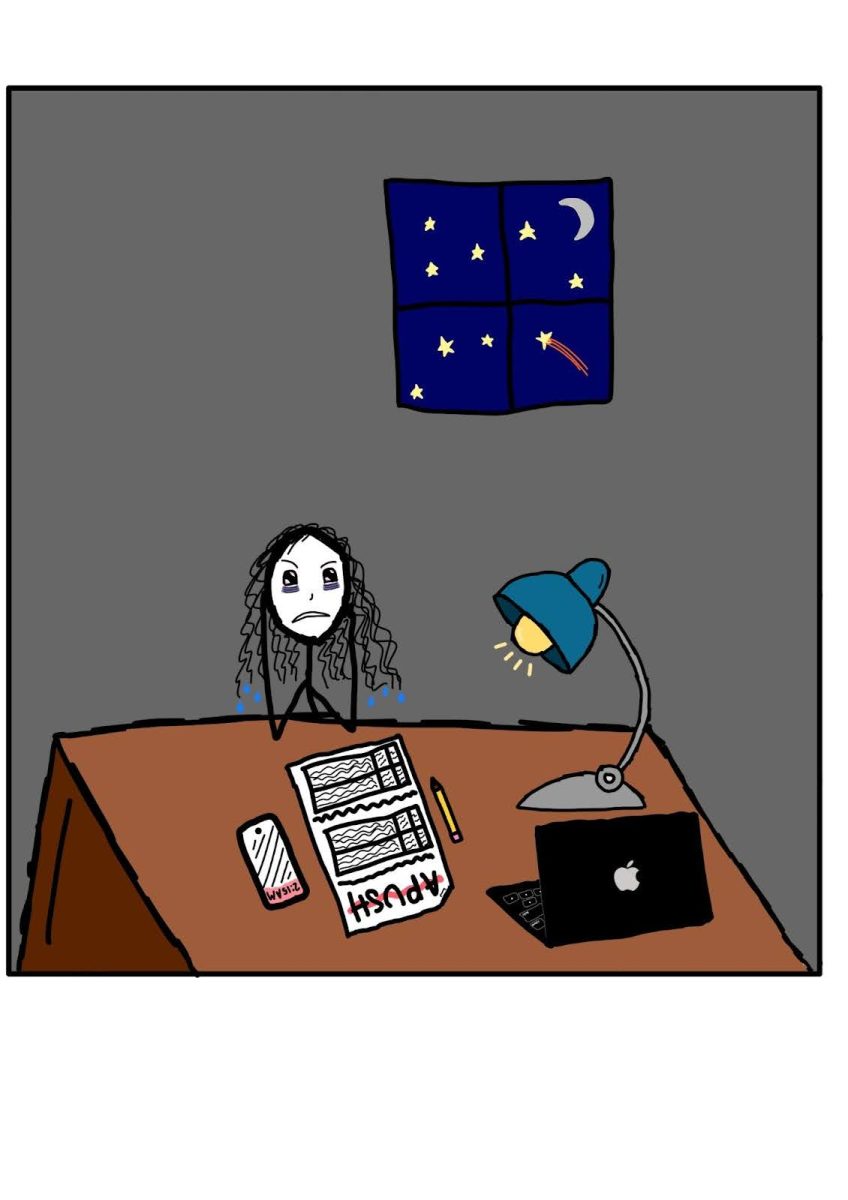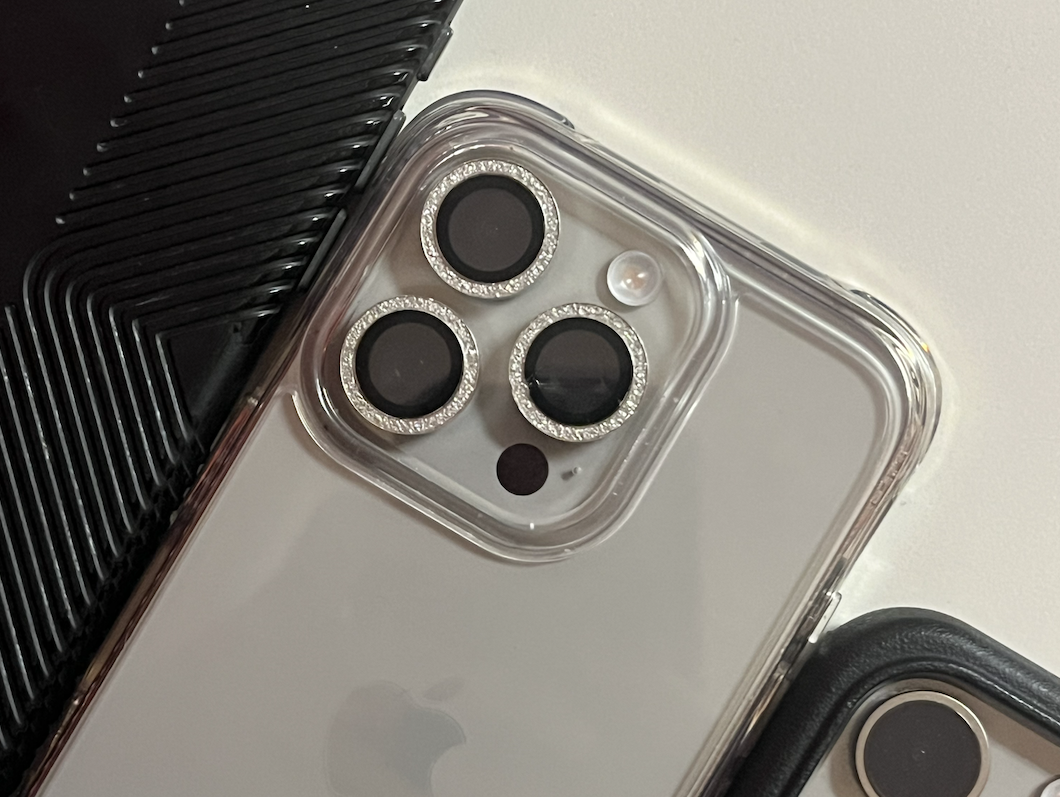As we navigate through the post-COVID era, it’s easy to feel as if things have returned to “normal.” Masks are no longer required, six feet distance isn’t necessary, and you don’t have to quarantine for a whole two weeks. But in recent weeks, a closer look at Huron High School reveals a troubling problem. Since the pandemic officially ended, many students have entirely stopped wearing masks– even when they are sick. Especially as the season begins to change, we see sniffling, coughing, and sneezing students fill the classrooms and hallways, spreading illness to their classmates.
In recent weeks, Huron has experienced multiple cases of the whooping cough, a highly contagious respiratory disease also known as pertussis. This is an illness that can be easily prevented with good hygiene practice and most importantly, masking. But when spread, it can lead to severe implications. Despite this, many unwell students continue to come to school, without a mask, disregarding what the pandemic should have taught us.
When you come to school sick and without a mask, you are putting others at risk. By not wearing masks, we allow germs to spread, making school a highly vulnerable place for the spread of infections. Every disease is and can be dangerous. When exposed to the wrong person, it can lead to serious conditions.
So it’s time to rethink our choices– whether you wear a mask or not is up to you. But it can make a huge difference. Masks have proven to be effective in preventing the spread of respiratory illnesses. If you’re feeling sick, protect your peers by wearing a mask. This small, effortless, but powerful action can make sure that we keep our school community safe and healthy. Let’s not forget the lessons we learned during the pandemic. It’s important to prioritize our health and the health of others, and it starts with this easy step of wearing a mask.










